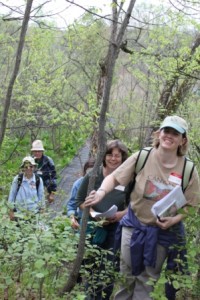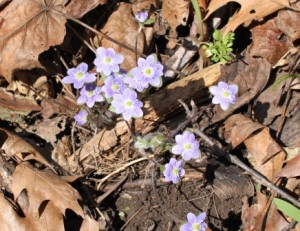
HRWC Bioreserve Project staff have completed reports on over 100 natural area properties that over 77 volunteers assessed over the last two field seasons! Volunteers found 290 different ecosystems and identified over 500 different plant species.
We’ve shared our reports on those properties with the property owners and with local land conservancies.
HRWC has used the information to help Legacy Land Conservancy develop their strategic conservation plan. We combined our bioreserve areas with our stream network to find the highest ranking natural areas in headwater streams, and then further prioritized the areas with parcel information. Now we can target these “best of the best” areas for doing field assessments, connecting with conservancies, and getting land protected.
33 new volunteers joined us on May 1 at the Matthaei Botanical Gardens to learn how to do the assessments. We now have over 100 volunteers signing up to do assessments of natural areas all over the watershed, all this spring, summer and fall.
Learn more about the Bioreserve Project.




